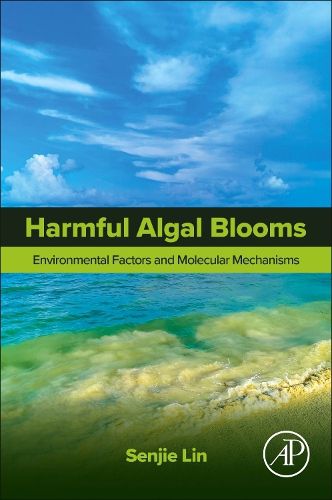Readings Newsletter
Become a Readings Member to make your shopping experience even easier.
Sign in or sign up for free!
You’re not far away from qualifying for FREE standard shipping within Australia
You’ve qualified for FREE standard shipping within Australia
The cart is loading…






Harmful Algal Blooms: Environmental Factors and Molecular Mechanisms offers a genomic and ecological perspective on harmful algal blooms, or HABs. The book provides the most updated and comprehensive knowledge crucial for understanding the causes of HABs while also synthesizing foundational knowledge with recent discoveries. Written by an expert in algal molecular ecology, it blends molecular biology, physiology, and ecology to examine how harmful algae thrive on environmental conditions like climate change. After introducing historical ecological models, the book delves into the influencing factors and underlying molecular mechanisms of HABs.
Other sections explore an integrated molecular approach to incorporate energy, nutrients, defenses, and sexual reproduction (ENDs) as a resolution for HAB growth. This is an important resource for researchers and students in marine biology and ecology fields, as well as phycological and environmental studies.
$9.00 standard shipping within Australia
FREE standard shipping within Australia for orders over $100.00
Express & International shipping calculated at checkout
Harmful Algal Blooms: Environmental Factors and Molecular Mechanisms offers a genomic and ecological perspective on harmful algal blooms, or HABs. The book provides the most updated and comprehensive knowledge crucial for understanding the causes of HABs while also synthesizing foundational knowledge with recent discoveries. Written by an expert in algal molecular ecology, it blends molecular biology, physiology, and ecology to examine how harmful algae thrive on environmental conditions like climate change. After introducing historical ecological models, the book delves into the influencing factors and underlying molecular mechanisms of HABs.
Other sections explore an integrated molecular approach to incorporate energy, nutrients, defenses, and sexual reproduction (ENDs) as a resolution for HAB growth. This is an important resource for researchers and students in marine biology and ecology fields, as well as phycological and environmental studies.